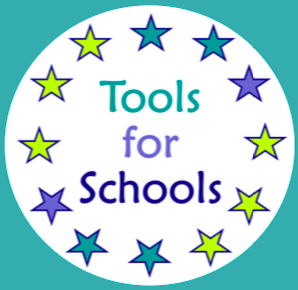



This strategy is to support you to give the toolkit student more positive feedback. Use frequent, specific praise so that they know what they are doing right
Children who flex is designed for get a lot more negative attention than positive overall, and this strategy aims to rebalance this. They may only be able to reflect on if they’ve done something good or bad with what they hear in that immediate moment so immediate responses are really useful